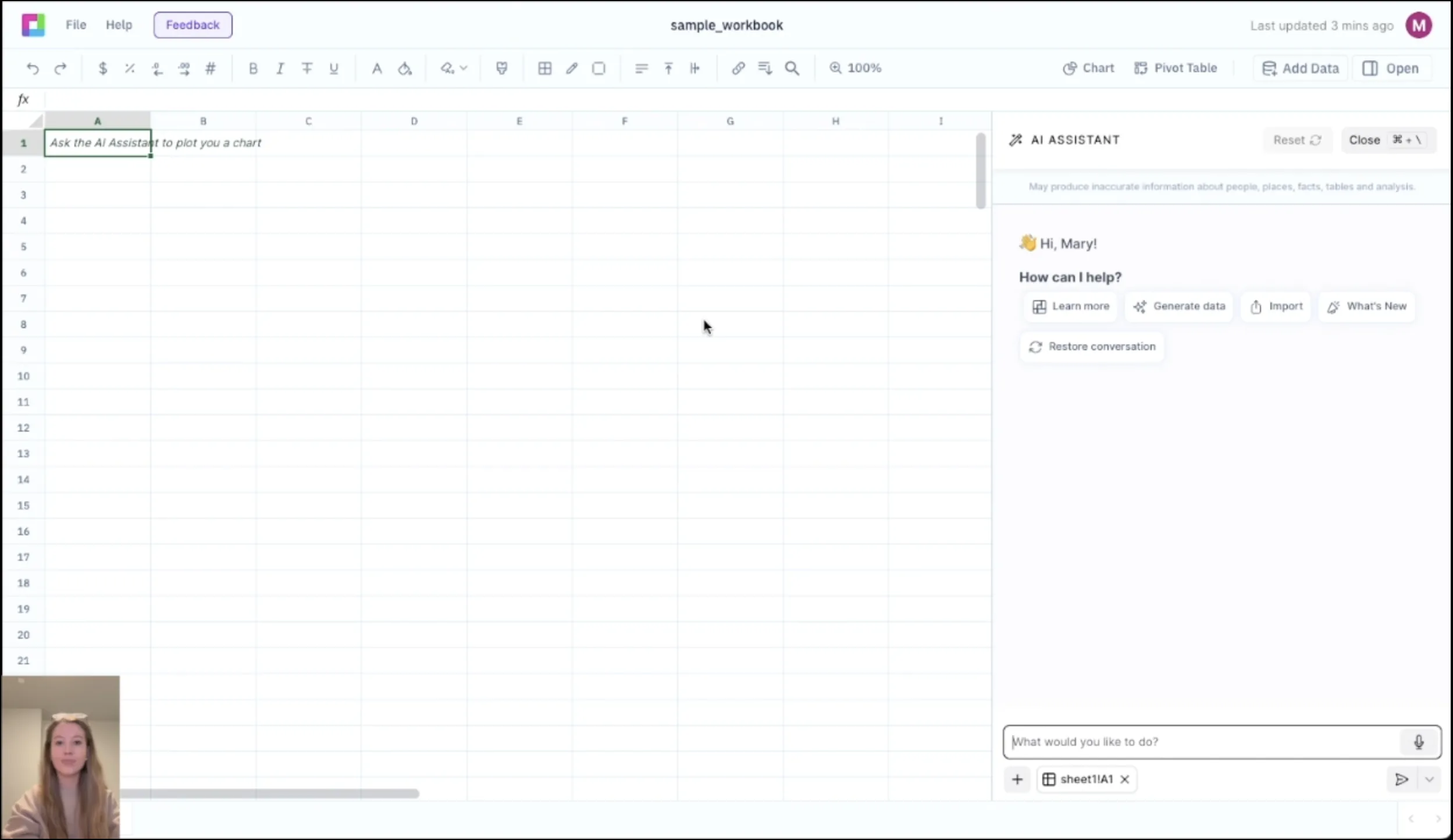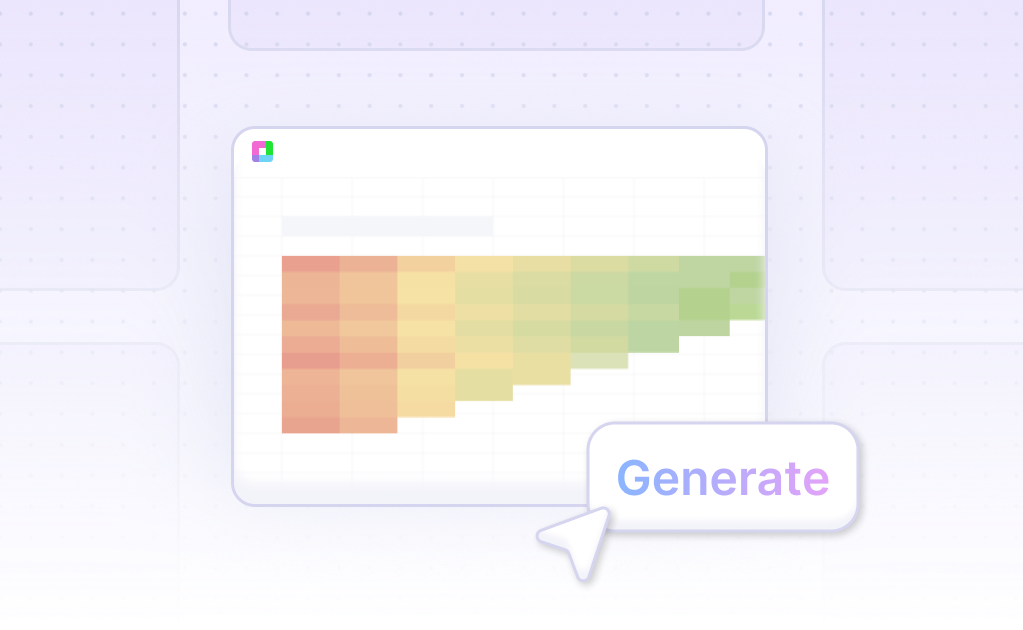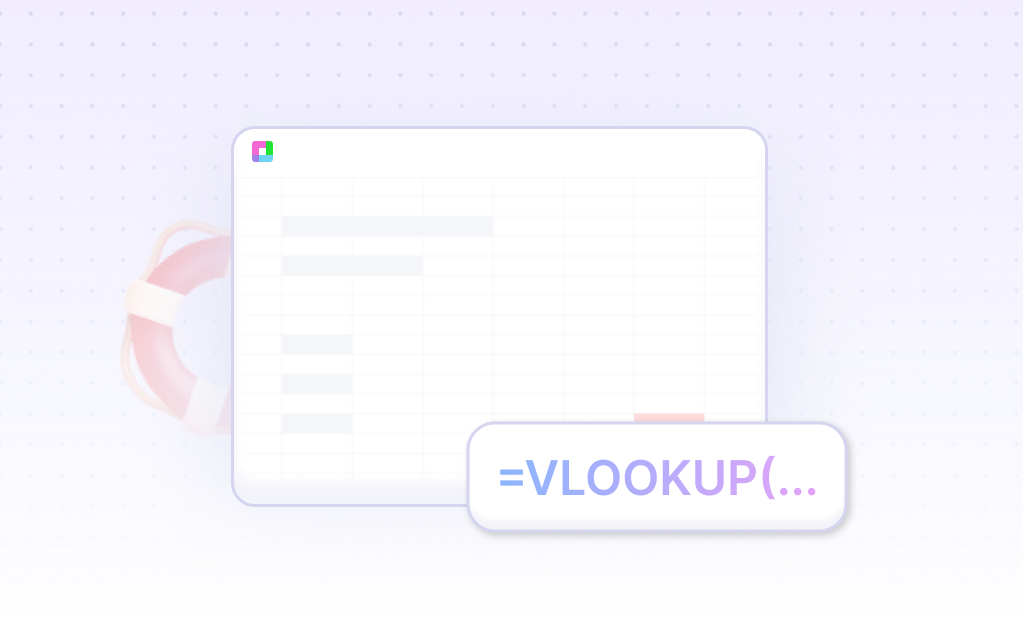
Master Structured Products with Professional Valuation Tools
Structured notes are complex financial instruments that combine traditional debt securities with embedded derivatives to create tailored investment solutions. Our Structured Notes template provides comprehensive tools to analyze, price, and manage structured products with institutional-quality frameworks for derivatives trading and product design.
From pricing models to risk assessment, optimize structured product development. Built for structured products teams, derivatives traders, and investment banks, this template helps you analyze structured notes, model complex payoffs, and assess product risks.
Comprehensive Structured Product Analysis
Product Structure & Design
Analyze product structure with payoff diagrams, term sheet analysis, and embedded derivative components. Model different structured note types including principal-protected, yield enhancement, and leveraged products.
Pricing & Valuation Models
Implement pricing models including Monte Carlo simulation, binomial trees, and closed-form solutions. Calculate fair value, theoretical price, and embedded option values with market-consistent methodologies.
Barrier & Trigger Analysis
Analyze barrier levels, knock-in/knock-out features, and trigger mechanisms. Model barrier probability, contingent payoffs, and path-dependent structures with advanced simulation techniques.
Underlying Asset Analysis
Analyze underlying assets including single stocks, baskets, indices, and commodities. Model correlation effects, volatility surfaces, and dividend adjustments for complex underlying structures.
Risk Assessment & Management Framework
Greeks & Sensitivity Analysis
Calculate option Greeks including delta, gamma, theta, vega, and rho. Analyze sensitivity to underlying price, volatility, time decay, and interest rate changes with comprehensive risk metrics.
Scenario Analysis & Stress Testing
Conduct scenario analysis with market stress testing, correlation breakdown, and extreme market conditions. Model tail risk, maximum loss scenarios, and product performance under different market regimes.
Credit & Counterparty Risk
Assess credit risk including issuer default probability, credit spread sensitivity, and recovery analysis. Model counterparty risk, funding costs, and credit valuation adjustments (CVA).
Liquidity & Market Risk
Analyze liquidity risk with bid-ask spreads, market depth, and trading volume assessment. Model market risk including volatility risk, correlation risk, and basis risk components.
Frequently Asked Questions
What structured note types does it support?
The template supports various structured note types including principal-protected, yield enhancement, and leveraged products. It models different payoff structures and embedded derivative components.
How does it handle barrier analysis?
The template analyzes barrier levels, knock-in/knock-out features, and trigger mechanisms. It models barrier probability, contingent payoffs, and path-dependent structures with advanced simulation techniques.
Can it calculate option Greeks?
Yes, the template calculates comprehensive option Greeks including delta, gamma, theta, vega, and rho. It analyzes sensitivity to underlying price, volatility, time decay, and interest rate changes.
Does it include credit risk assessment?
The template includes credit risk assessment with issuer default probability, credit spread sensitivity, and recovery analysis. It models counterparty risk, funding costs, and credit valuation adjustments.
How does it handle complex underlying assets?
The template analyzes various underlying assets including single stocks, baskets, indices, and commodities. It models correlation effects, volatility surfaces, and dividend adjustments for complex structures.
Related Derivatives Trading Tools
Connect your most-used data sources and tools to Sourcetable for seamless analysis.
Frequently Asked Questions
If you question is not covered here, you can contact our team.
Contact Us





